Welcome back to Auto for Dummies, the column that tells you about the lesser known secrets of the car world. Last time we told you about differences between licensed cars, joint ventures and CKDs. We have given you some examples of all three types of building a new model, and if you missed last week's episode I suggest you take it back: you will find the link at the bottom of the page. Today instead we want to tell you about five strange, incredible and improbable licensed cars, five stories to tell in a pub night with friends. Ready to surprise you?
Alfa Romeo Dauphine, when the Biscione spoke French
We start immediately with a bang, giving a blow to all the new fans of the brand Alfa Romeo, telling you about today's first absurd licensed car: Alfa Romeo Dauphine. Before explaining what it is, let's take a short step back. We are in the Years' 50, and Alfa Romeo is spreading in Italy and in Europe thanks to its excellent cars, Giulietta and 1900 above all. Both of these two cars, however, had a major flaw: a "high" displacement.
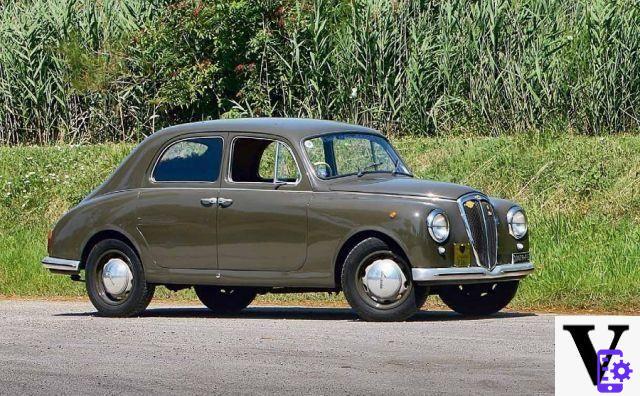
In the 50s, in fact, taxation and stamp duty and insurance costs were adjusted to the engine displacement. For this reason, cars with engines of 500, 600 or maximum 900 cm3 were preferred. In its range, Alfa Romeo had the smallest displacement in the Giulietta 1.3, thus leaving the 900, 1.000 or 1.100 sedan market to rivals FIAT and Lancia. Even if today it seems incredible, Alfa, FIAT and Lancia were rivals for the supremacy on the Italian market, and therefore the Milanese company needed a small-displacement car to oppose the 1100 and Appia.
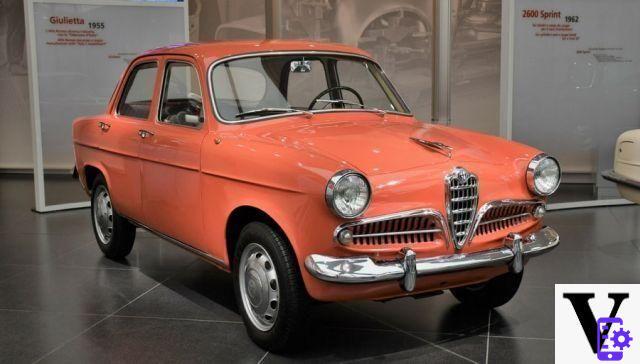
The cost of designing a new engine and a smaller car than the Giulietta, however, was really high, and so on Alfa Romeo (then still state-owned, through the mythical body ofIRI) signed a agreement with Renault. The French company, which successfully produced cars of this size, it was unable to break into the Italian market, due to customs duties imposed on cars produced outside Italy. With this agreement, therefore, they were all happy. Renault was able to enter the Italian market in a competitive manner, while Alfa Romeo managed to counterattack its rivals FIAT and Lancia.
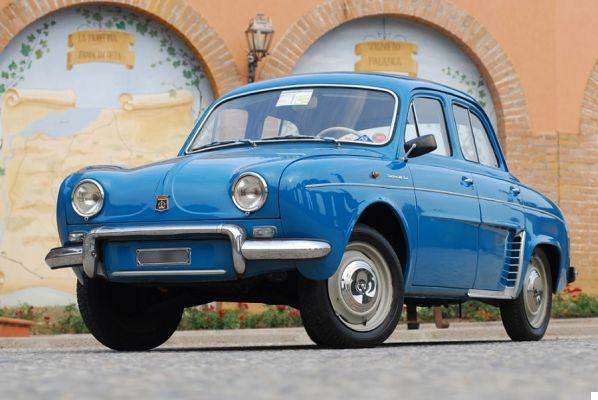
The first Renault to be produced in the Portello factories was the star of today, the sedan Dauphine. The Dauphine, launched in 1956, was a car extremely traditional: had in fact engine and rear wheel drive, to maximize interior space (front-wheel drive was still a privilege of a few, like the Citroen DS), and a very classic and rounded line, different from that of the sporty and beautiful Alfa Romeos. Despite this, the Renault-Alfa Romeo Dauphine was produced at Portello, with an assembly line alongside that of the Giulietta. The differences between the Renault and the Alfa Romeo Dauphine were very few. Different rear lights, a fabric for the seats taken from Giulietta and the logo Dauphine_Alfa_Romeo placed first on the front wheel arches and then, after the 1963 restyling, on the bonnet.
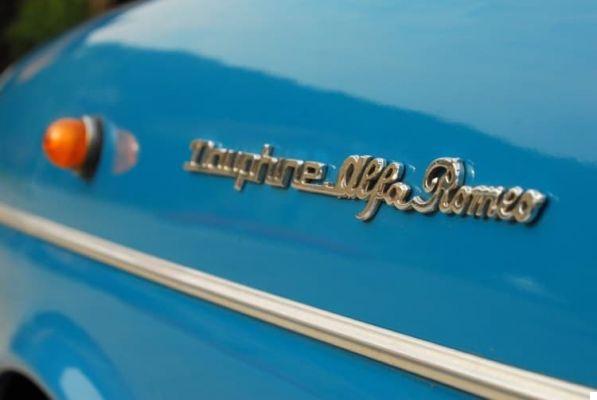
The engine was a classic 4-cylinder with rods and rocker arms with a displacement of 850 cm3 and about 40 HP, identical to the Renault from across the Alps. The major difference with the French Dauphines, however, was the electrical system, at 12 V against the 6 of the French version and produced by the Italian Magneti-Marelli. Then flanked in 1963 by the "sister" Ondine, equipped with a 1049 cm3 engine and a few more improvements, Alfa Romeo stopped production in 1964, after around 70.000 units were produced. The substitute? There alfasud, but in between there was room for another “Milanese” Renault, the legendary one Renault 4. But this is another story.
BMW Isetta, the mad Italian who saved the Monaco house
From an Italian manufacturer that produces a foreign model to the opposite example, that of BMW. We are from new in the 50s, and the Bavarian house is not doing well at all. Although it is an almost impossible thought for today's fans to digest, the second post-war period was the most difficult period in the history of the now super-powerful House of Monaco.
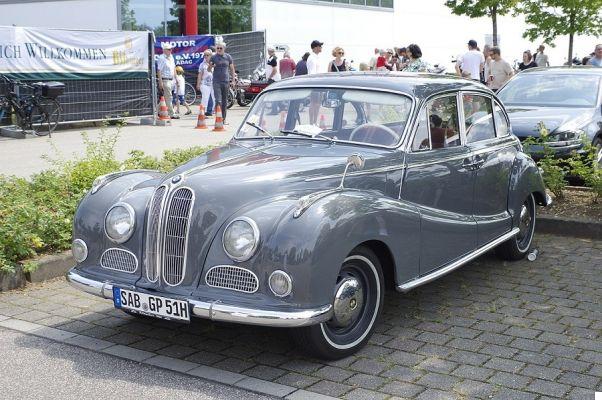
Most of the problems arose from the rrole held by BMW in World War II. In fact, BMW was born as a manufacturer of aircraft engines (BMW in fact is an acronym that stands for Bayerische Motoren Werke, or Bavarian Engine Factory), and all Lutwaffe planes were powered by BMW powertrains. This huge involvement led to the conversion of all converted car manufacturing plants to meet the huge demand for engines for the Nazi air fleet. With the end of the war, however, most of the factories were bombed, and only a part could be converted into civil production. With the scarce means available to BMW, which had invested everything in the production of engines, the House immediately aimed at the simplest motorcycles, which brought a first breath of fresh air.
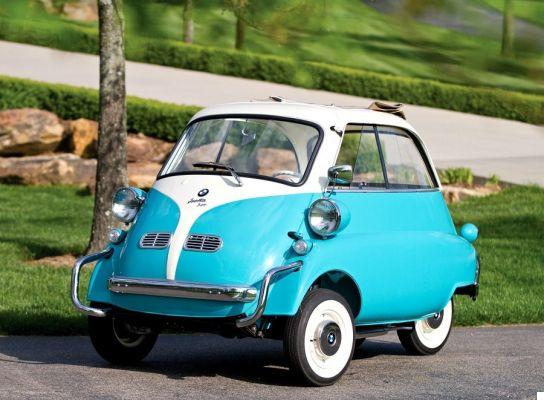
The only remaining car plant, however, was that of Einsenach, in East Germany, unreachable from Munich, West Germany. The first postwar BMW models produced in the refurbished Munich factory were remodeled 501 and 502, Remodeled prewar production “leftovers”, which brought some oxygen to BMW but not enough to survive. Germany was also a very different country, where big sedans like 501 and 502, big and expensive, had no more space.. Bankruptcy was getting closer every day. In 1954, the House of Monaco began one desperate for a super-cheap car to be produced to motorize Germany, which was slowly rising again. The opportunity came at the Geneva Motor Show that year. The Italian House ISO presented the Isetta, a real microcar: small, simple and super-economical.
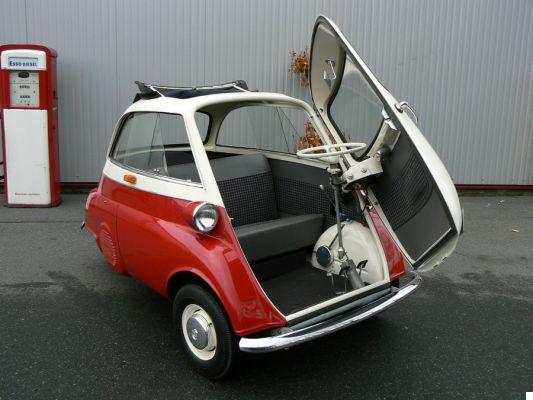
Powered by a motorcycle-derived engine, it was equipped with only three wheels, making it a de facto motorcycle. This type of car in Germany enjoyed ivery important tax advantages: for this, houses like Messerschmidt and Heinkel spread with their microcars. In Italy, however, the Isetta did not convince: too small and lacking in advantageous tax reliefs. BMW then sniffed out the deal, and applied for and obtained the license to produce the Isetta in Munich. The result? The BMW Isetta, known worldwide as "bubble car". The reason is immediately understood by looking at it: it is really one bubble on wheels. Equipped with one huge front door which occupies the entire front, offers two very narrow seats and a collapsible steering wheel and pedals, to allow the driver to get on board.
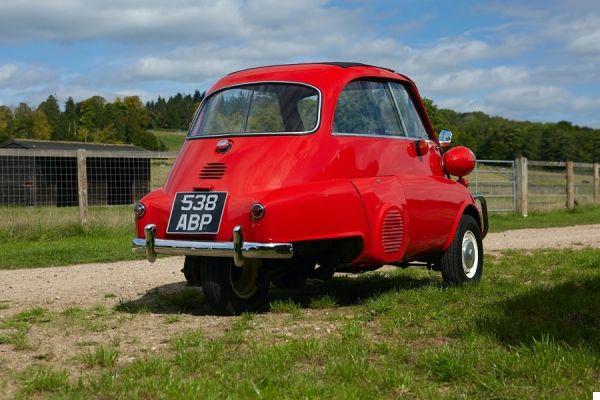
The engine is a single cylinder of motorcycle derivation from 250 and then from 300 cm3 and 12 or 13 HP in the next 300. Despite its name being BMW 250 and then 300, it was known all over the world as the Isetta, and despite the only two seats and the very small space for things and people it was a real success. BMW succeeded in sell 161.000 Isettas between 1955 and 1963, and with the money obtained from the sale he was able to restart, to get out of the crisis and become the world power we know today.
KIA Elan, from Lotus to Korea
Let's take a 40-year leap into the future, coming to the Years' 90. Today's next licensed car is very little known, but it deserves to be told. It all starts in Britain, And more precisely to Hethel, in Norfolk. Here is the headquarters of the Lotus, a legendary English company that has dedicated its entire life to the production of sporty and exciting cars. D.fter the death of Colin Chapman, in 1984, however, the English House did not have a good time. Between more or less lawful and more or less effective handovers, in the early 90s, Lotus had lost its bearings.
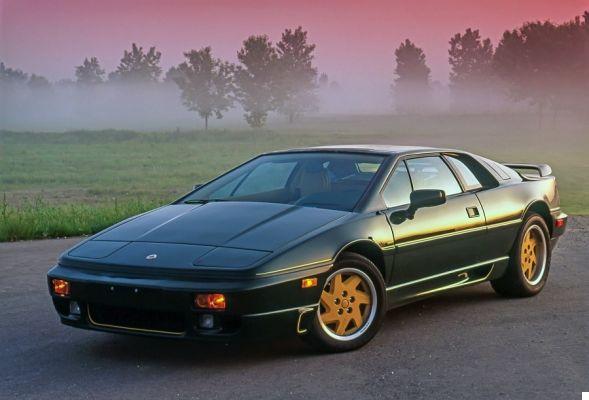
La Mind, sporty made legendary by participating in the 007 film For Your Eyes Only, and the Excel, forgotten sportswoman born in 1982, they were rather old and unattractive for the market at the time. We needed a more modern car, more in step with the times, capable of keeping up with the Mazda MX-5. The small Japanese sports car, launched on the market in 1989, was inspired by the English sports cars of the past. And like the first Elan series, the goal was to offer a fun ride at a competitive price.
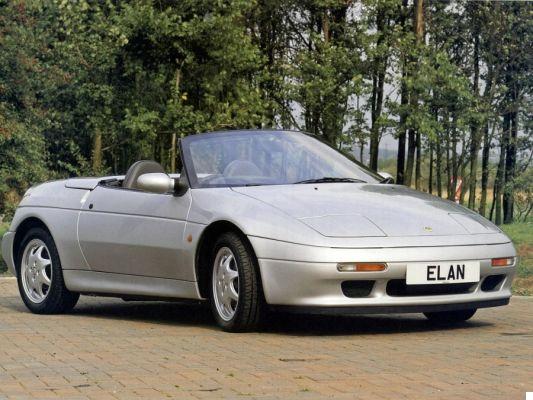
Lotus, which at that time was passed under the control of General Motors, decided to produce a compact sports car, taking up the legendary name Elan. A very 90s wedge aesthetic, technological interiors (for the time) and a Isuzu turbo 1.6 engine with 170 hp, powerful but above all reliable. It seemed there were all the conditions for a success, but in Lotus chose an unprecedented solution, and never followed after her, which marked his destiny: the adoption of front-wheel drive. A sacrilege never forgiven by Lotus enthusiasts, who could not understand the absence of rear-wheel drive. The new buyers, on the other hand, were turned away from the salty price and from a build quality far from perfect. After launching in 1989, GM canceled the model as early as 1992, after only 5.500 units produced. It was then revitalized in 1994 by Romano Artioli, who in the meantime became the owner of Lotus, which built another 800 Elans until 1996.
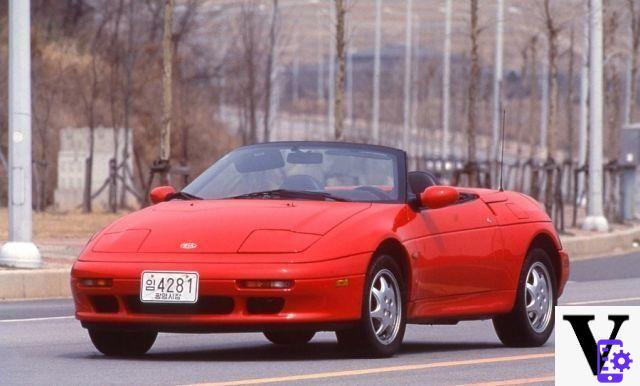
But when Lotus retires a model, it never does so permanently. Already in 1973in fact, the Lotus Seven she was retired, but the little house Caterham he acquired the rights, and has since built the Caterham Seven under license. The same thing happened in 1996, with Lotus giving the rights to another manufacturer, who desperately needed to be known and appreciated. This time, however, the buyer was not Caterham, but rather the Korean KIA. Yes, you heard it right: KIA. The House that today gets incredible sales numbers in Europe and North America in 1996 was eager to make itself known, overshadowed by the bigger (and then rival) Hyundai. So, to win over the public, KIA bought the rights of Elan and launched the KIA Elan for the South Korean market only.
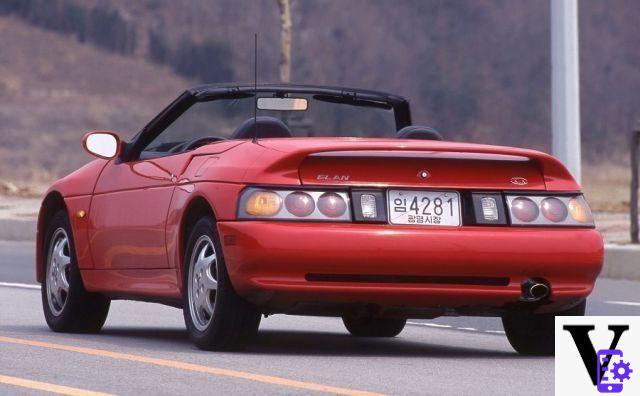
From an aesthetic point of view, the changes are very few. Apart from the destabilizing KIA logo on the front, between the two retractable headlights, and in the rear, KIA customized the rear lights, derived from those of the Alpine GTA, with new, more… modern headlights, let's say. The biggest change, however, was under the hood, with the 1.6 Isuzu replaced by a naturally aspirated 1.8 bhp 154 made in KIA. KIA Elan was also sold in Japan as Vigato, e produced from 1996 to 1999. After 1.056 units produced, KIA said goodbye to the Elan, which remains today the only KIA roadster with two dry seats.
Pyeonghwa Hwiparam, the FIAT Siena that Kim likes
If the story of South Korean Elan has amazed you, you will be speechless after discovering today's fourth licensed car. We always stay in Korea, but we move to the most unreachable and cryptic country in the world, North Korea. La Democratic People's Republic of Korea, as we know, it is governed by one communist dictatorship led by the family Kim. Dominated by the philosophy of Juche, translatable as Autarchy, and pervaded by a morbid cult of personality of the three heads of state in the history of the country, Kim Il-Sung, Kim Jong-Il e Kim Jong-Un, North Korea is perhaps the country in the world with the least automotive history, and the smallest domestic market in the world.
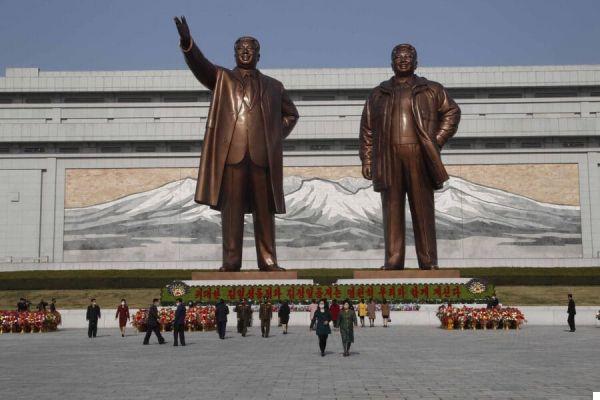
However, this did not prevent the birth of a North Korean car manufacturer, Pyeonghwa Motors. And, of course, even its foundation is absurd. In fact, it was born in 1999 as a Joint-Venture between the South Korean house Pyeonghwa, founded by Unification Church, Reverend Moon's South Korean religious movement, and North Korea Ryonbong General Corp, which dealt with the importation of machinery and technologies from abroad. After a period of "collaboration" with South Korea, Pyeonghwa was absorbed by the North Korean government. Since that time, it has become more than a car manufacturer. Now it is in fact the (obviously state) body that owns the exclusive right to manufacture, purchase and sell new and used cars throughout North Korea.
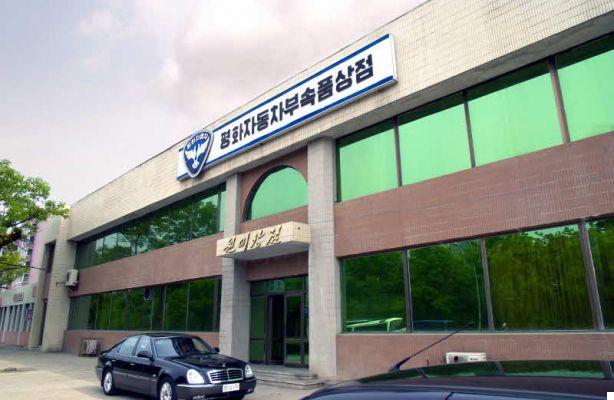
And you are surely wondering: but is there really this demand for cars in North Korea? Absolutely not. In fact, very few North Koreans can afford a car, and the prices are exorbitant to say the least. According to gods 2005 data, the latest available, disclosed by Erik van Ingen Schenau, author of the book Automobiles Made in North Korea, Pyeonghwa Motors produced 400 cars in one year, while its factory in Nanp'o, in the south of the country, can produce up to 10.000 a year. Another curiosity? Pyeonghwa in Korean means peace: ironic in the most warlike country in the world.
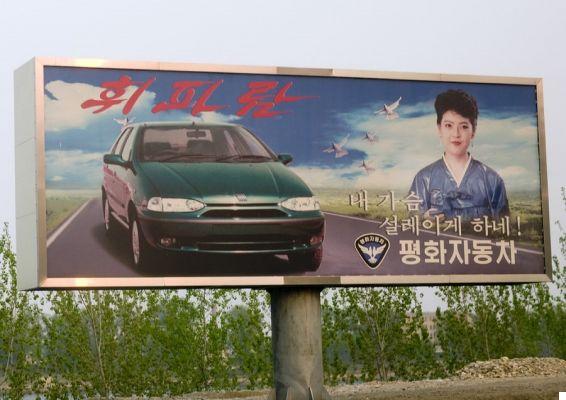
We therefore have an autarchic and super-closed state, a house of which we know practically nothing that produces a few cars a year for very few buyers. All that remains is the most interesting question of all: which cars will they ever produce?. Well, in North Korea, cars are produced under license from Brillance, a generalist Chinese house, e of our FIAT. Somehow, in fact, FIAT always manages to supply its licensed cars to countries around the world. Poland, Russia, Yugoslavia, India, and now North Korea. Pyeonghwa produces two FIAT models. The Ppeokkugi, which is none other than a FIAT Doblò first series (with all the FIAT logos still in their place ...) and the most popular, the Hwiparam.
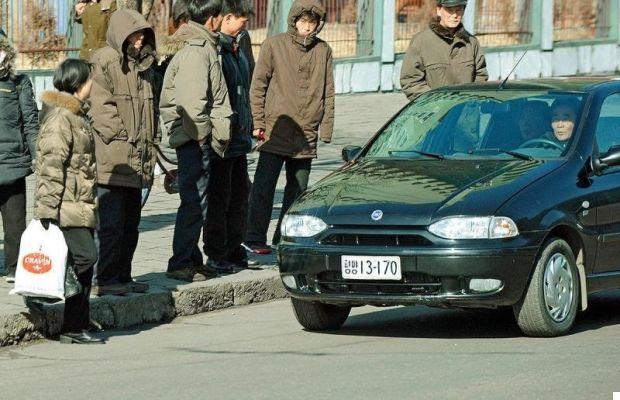
This car is one FIAT Siena, or the three-volume version of the FIAT Palio world car, this was also sold in Italy between 1999 and 2004. La Pyeonghwa Hwiparam (which in Korean means Whistle) it is in all respects a Siena, to which only the logo of the Korean house-owner has been added. We are not sure of its mechanics (most likely it has the 1.2hp 60 Fire), but we know it was available in three Colours: blue, black and gray. News from Hwiparam and all of Pyonghwa stuck in the late 2000s. We therefore do not know if the FIAT Siena and the Doblò are still the only North Korean cars that can be purchased, but we, deep down, hope for it a little.
Innocenti MINI, Italian rock and roll
We close with the most widespread licensed production in our country, that of MINI. Born in 1959, the brilliant MINI of Alec Issigonis had difficulties in spreading in Italy. The reason? The same one that stopped Renault in our first particular licensed car: duties on foreign cars. For this, all Austin and Morris products, two of the most popular houses in England, furono almost cut off from the rich and fruitful Italian market. The problem solving of the two English manufacturers, part of BMC, the British Motor Corporation, came from Lambrate, an eastern district of Milan. Innocenti was based here, lively house which, among others, produced the legendary Lambretta, bitter enemy of the Vespa.
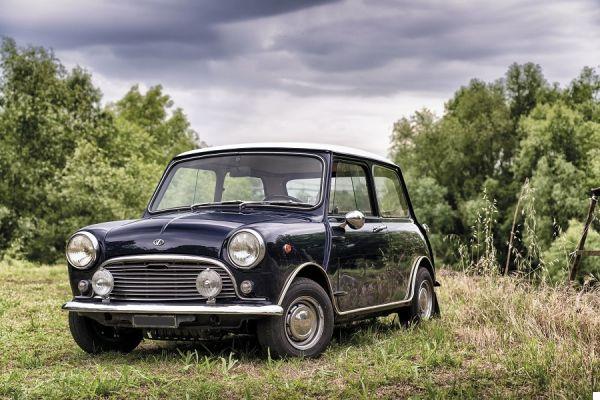
Eager to make the leap from motorcycles to cars, the founder Ferdinando Innocenti proposed himself to BMC. The target? Tear off theagreement for the licensed production of British models in Lambrate, obtained in 1960. The first Innocenti-branded car was the A40, twin of the Austin A40, produced under license in Milan. From the first experiment of the A40, the first "original" Innocenti car arrived, the Spider 950, equipped with Austin-Healey Sprite mechanics and Italian bodywork. After her, they arrived there IM3, which stood for "Terza Innocenti Morris", the I4 and I5, versions of the Austin and Morris 1100. The real boom of Innocenti, however, came in 1965, with the start of production of the Innocenti MINI.
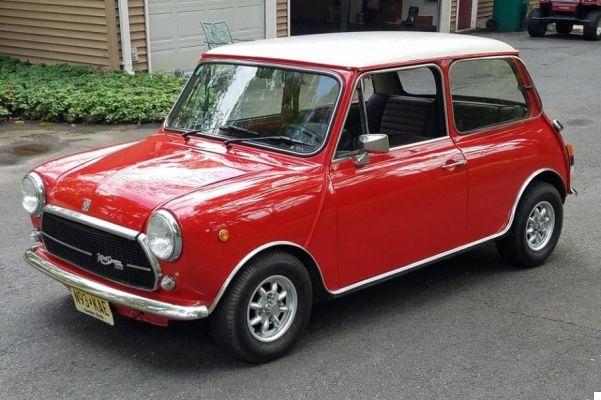
But let's go back to our protagonist, the Innocenti MINI. The little inglesina was produced under license in Lambrate, but with several improvement changes. For example, the interiors are more refined and better finished, many components were of Italian production, such as the headlights (Carello), the radiators (IPRA). The aesthetics were also different, with a more personal and elegant front grille and the rear trunk modified to accommodate the square plates, in use in Italy at the time. Innocenti produced several MINI models, including the normal 1.0 or 55 hp 60 and the legendary Cooper, equipped with the 1000 or 1275 72 hp engine. Innocenti even added the standard brake booster on all Coopers, a treatment reserved only for Cooper S in England. The Italian MINIs were appreciated not only in Italy, but also abroad, for their higher quality and care.
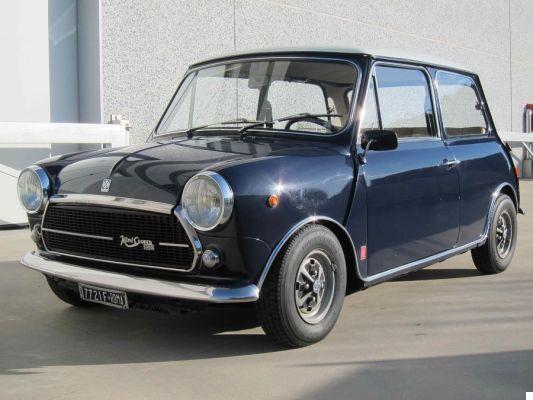
The Milanese house also produced the versions Export, intended for European market, both 1000 and Cooper, equipped with the 1275 bhp 71. And the success was really important. In 10 years, Innocenti produced over 430.000 MINIs in 10 years, making Innocenti the largest producer outside the UK. And today, the MINIs produced by Innocenti are the most sought after and quoted, with valuations that exceed 30.000 euros for a Cooper 1300 Export in perfect condition. The Innocenti brand, on the other hand, after the exploits of the 60s and 70s, tried to build its MINI, the Innocenti Nuova MINI, enjoying a lot of success until 1993. From that year, acquired by FIAT, it continued to produce under its trademark the old Uno, renamed Mille e Elba (the unpublished wagon), up to sad closure arrived in 1997.
What's your favorite licensed car?
And even today we have arrived at the end of our journey among licensed cars. Between forgotten sports cars, small rear-engined French cars, North Korean compact hatchbacks and the English engine icon par excellence, this crazy tour of the world also ends. There would still be plenty of other licensed cars to mention, like the Zastava 10, sister of FIAT Punto 188, the Volkswagen Citi Golf South African and many others, but for today we stop here. What is your favorite licensed built car? Let us know below in the comments! See you on your next journey into the world of cars with Auto for Dummies, always here on technologicfans every Friday. Hi!
Discount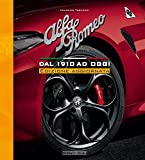 Alfa Romeo. From 1910 to today. New edition
Alfa Romeo. From 1910 to today. New edition
- Tabucchi, Maurizio (Author)
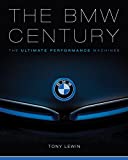 The BMW Century: The Ultimate Performance Machines
The BMW Century: The Ultimate Performance Machines
- Lewin, Tony (Author)
 Bugatti & Lotus thriller. Building a dream
Bugatti & Lotus thriller. Building a dream
- Artioli, Romano (Author)
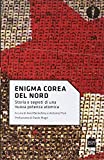 Enigma North Korea. History and secrets of a new power ...
Enigma North Korea. History and secrets of a new power ...
- Audience Rating: X (Adults only)
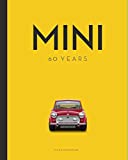 Mini: 60 Years (English Edition)
Mini: 60 Years (English Edition)
- Chapman, Giles (Author)


























